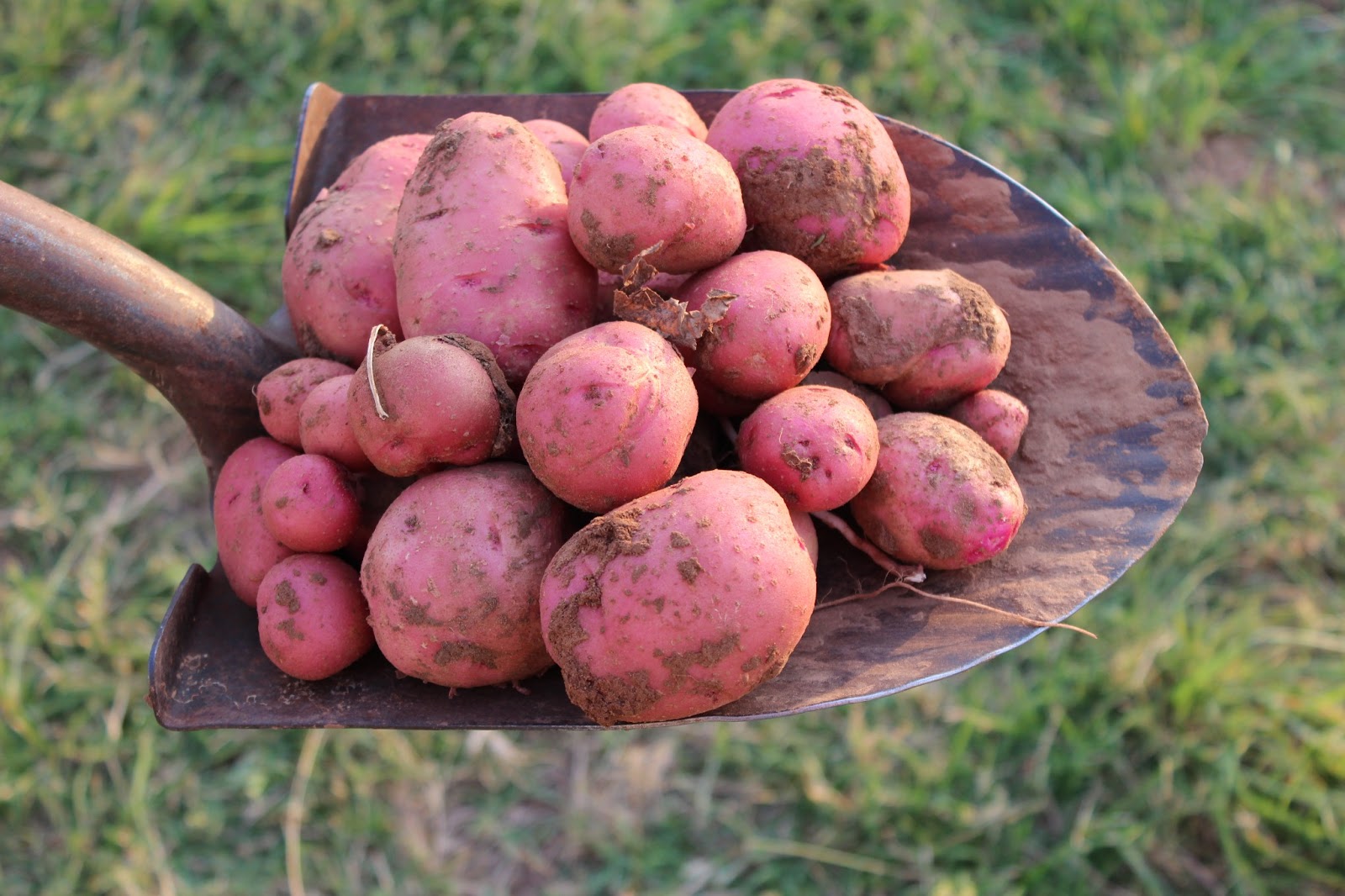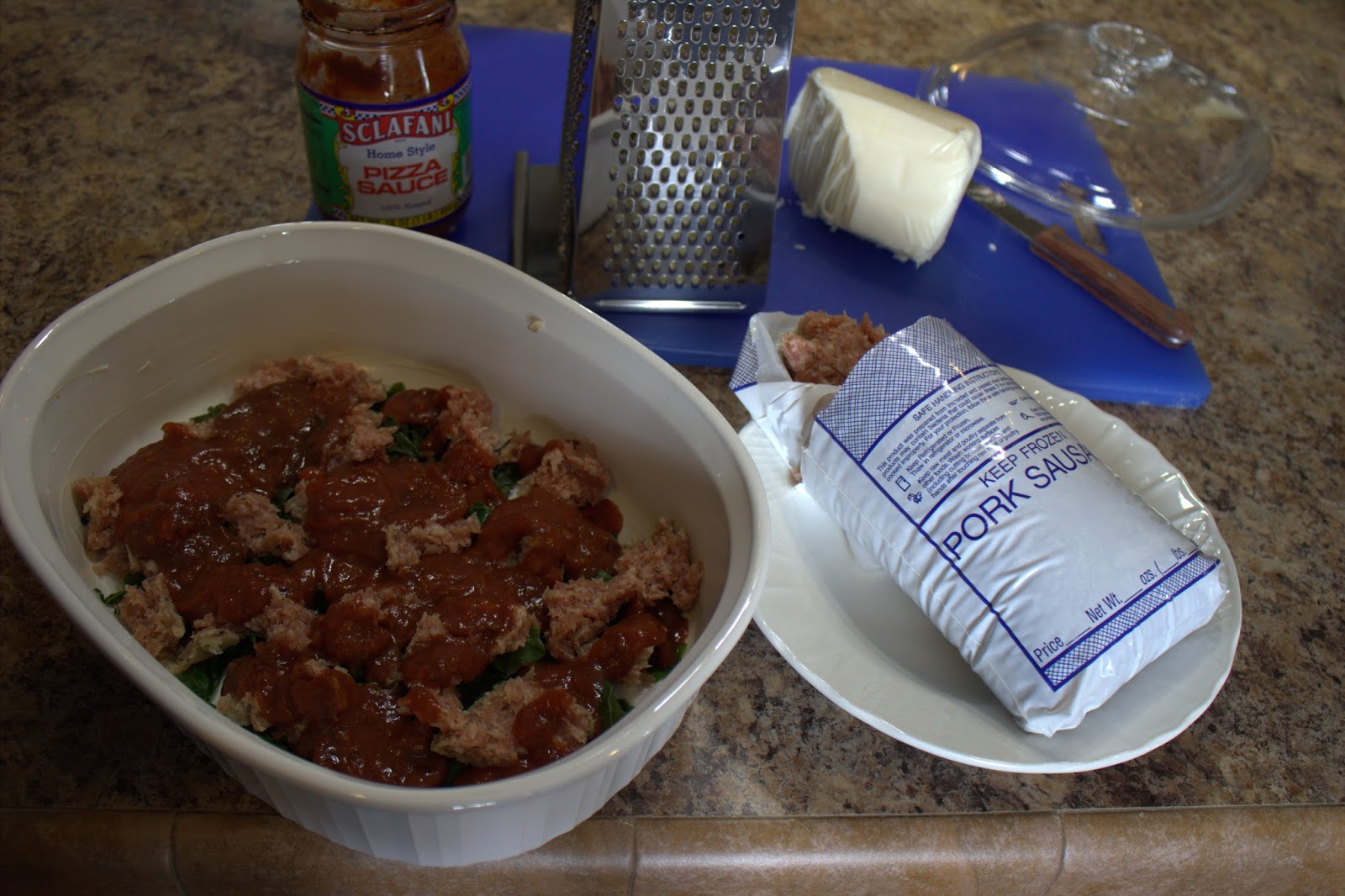Day 4: Kale, Sausage, and Kasseri Frittata
Kasseri is a Greek sheep's milk cheese that, when aged, is comparable to Parmesan cheese. If you can't find Kasseri, use Parmesan cheese.
What You Need:
- Saute pan with oven-safe handle
- One recipe of cooked brown rice (2 c. water, 1 c. brown rice, 1 tsp. salt, 1 Tbsp. olive oil)
- 1 lb. sausage
- 1/4 cup milk
- 1/3 lb. grated Kasseri cheese (or Parmesan is fine)
- 10 eggs
- 1 cup milk
- 1/2 cup heavy cream (or half and half)
- 2 Tbsp. coconut oil (or use olive oil)
- 1 medium bunch kale, cleaned with center stems removed
- 1 1/2 tsp. salt
- 1/2 tsp. pepper
How to Prepare:
- Make 1 recipe of brown rice (1 c. rice, 2 c. water, 1 t. salt, 1 T. olive oil). Or make twice as much rice the next time you make rice, then use the leftover rice. You can use white rice here if you don’t have brown. Brown just makes it nuttier and crunchier.
- Brown the sausage, drain any excess grease, and set meat aside.
- Mix all rice with 4 whisked eggs, 1/4 c. milk, 1/2 c. grated kaseri cheese. If you don’t have kaseri (which is a sharp Greek cheese, use Parmesan).
- Over medium to medium-low heat, heat 2 T. coconut oil. Swirl pan to coat sides with coconut oil so frittata doesn't stick. I use a non-stick saute pan with two handles. I pretty much reserve this pan for frittatas and I only use a spatula, not a knife to cut the frittata, so it never gets scratched up.
- Press rice mixture into the bottom and sides of a saute pan (I use one with 2 handles because it fits better under the broiler and looks nicer on the table). If you have a non-stick saute pan, use it. If you don't, use a liberal amount of coconut oil up the sides or you won't get to enjoy the delicious crunchy brown rice crust because it will adhere to the pan and you'll have to soak it off later.Heat rice mixture for 15-20 minutes, until the edges of the rice are starting to brown against the pan. Be sure heat is not so high that you burn the rice.
- Clean a medium bunch of kale, washing, removing thicker stems. Steam in 2 cups water with 1 t. salt in a dutch oven for 6-10 minutes depending on how young or tough the leaves are. Drain leaves in collander. Spin in salad spinner or pat dry on paper towels so leaves are not wet for the next part. Place leaves over rice crust so all crust is covered.
- Arrange browned sausage over the kale.
- Mix 6 eggs with the rest of the grated cheese, 3/4 cup milk, 1/2 cup heavy cream (or half and half for the faint of heart disease), 1 1/2 t. salt, 1/2 t. pepper. Pour egg mixture over leaves.
- Continue to heat on medium/medium-low for 10 minutes. Move pan to directly under broiler on high until top is nicely browned (~8 minutes -- this will depend on how close to the broiler the pan sits and how hot your oven is).
- Jiggle pan at this point. If egg mixture jiggles, set oven to 350, move pan to center of oven, and bake for an additional 8-12 minutes, until frittata is slighly puffy and just barely jiggles. It will continue to cook when you pull it out of the oven.
Frittata with Ramen Napa Cabbage Sald






































































